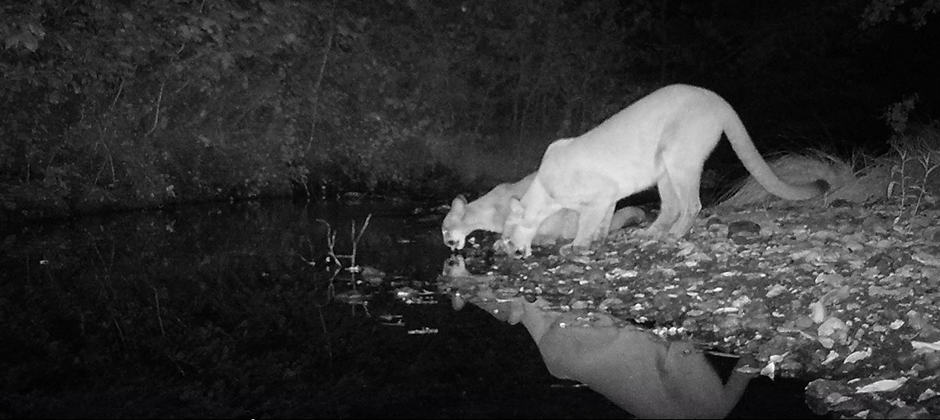Share this article
Fieldnote: Tracking mammal presence through soil DNA
Researchers are using trace residues that mammals leave in soil to better detect which species are present in a given area.
“It was really cool yet challenging to use the soil DNA to detect mammals,” said Elizabeth Hadly, faculty director at the Jasper Ridge Biological Preserve, a professor at Stanford University and one of the authors of a study published recently Proceedings of the Royal Society B.
Mammals leave DNA in the soil in a number of ways, whether it’s from fur, feces, urine or even skin cells from the pads of their feet. “It just takes a few cells — a piece of hair,” Hadly said.
Hadly and her colleagues wanted to see how well environmental DNA persisted in soil samples after mammals had been in the area and for how long. If it worked, the non-invasive tracking method could help researchers determine the presence of rare or cryptic animals in a given area. It could also help determine what animal was involved in prey kills. Other researchers previously used saliva traces left at the kill sites of snowshoe hares (Lepus americanus) to determine predators, but didn’t look specifically at soil samples.
“One of the reasons for doing this is to detect diversity you can’t always see. Another reason is to lessen the expense of what we do,” she said.
They tracked the presence of mammals using photos from day and night vision camera traps at Stanford’s 1,193-acre Jasper Ridge Biological Preserve.
They then took soil samples and analyzed the samples’ environmental DNA. Using DNA barcoding, they tested if they could detect the presence of the animals seen in the photos.
They found that they could tell if a large mammal was in the area within the last 30 days with 80% confidence. At this point, the amount of DNA begins to deteriorate. But even beyond 1,000 days the researchers still detected DNA from large mammals.
“It’s a really exciting study, because it helps us ascertain the degradation of DNA, but it also helps us demonstrate how valuable environmental DNA is going to be moving the field of biodiversity monitoring forward,” she said.
The amount of time the animals’ DNA remains in the environment is so long that Hadly said soil eDNA may even be able to reveal animals no longer present in environments — something researchers will have to be aware of when using this for presence/absence research.
Hadly said they noticed immediately that they could also detect small mammals. This was exciting since small mammals can sometimes be more difficult to detect using techniques such as camera trapping.
It also gave them some interesting local insights. The eDNA told them that at least one invasive rat and one opossum (Didelphis virginiana) had passed through the area — species that aren’t commonly found in Jasper Ridge.
While use of this technique for soil eDNA is still new, Hadly said it has enormous potential for ecologists’ use. And to detect species, she said that it’s cheaper and faster than camera trapping.
But there’s still room for improvement, she said. For example, current DNA barcoding techniques can’t tell researchers whether one puma (Puma concolor) passed through the area or if there were several. But improvements in DNA analysis could identify individuals rather than just species.
Header Image: Researchers used photos like this taken of mountain lions drinking from night vision camera traps at Stanford’s Jasper Ridge Biological Preserve to determine whether mammals were present before testing the soil for residues containing their DNA. ©Jasper Ridge Biological Preserve








